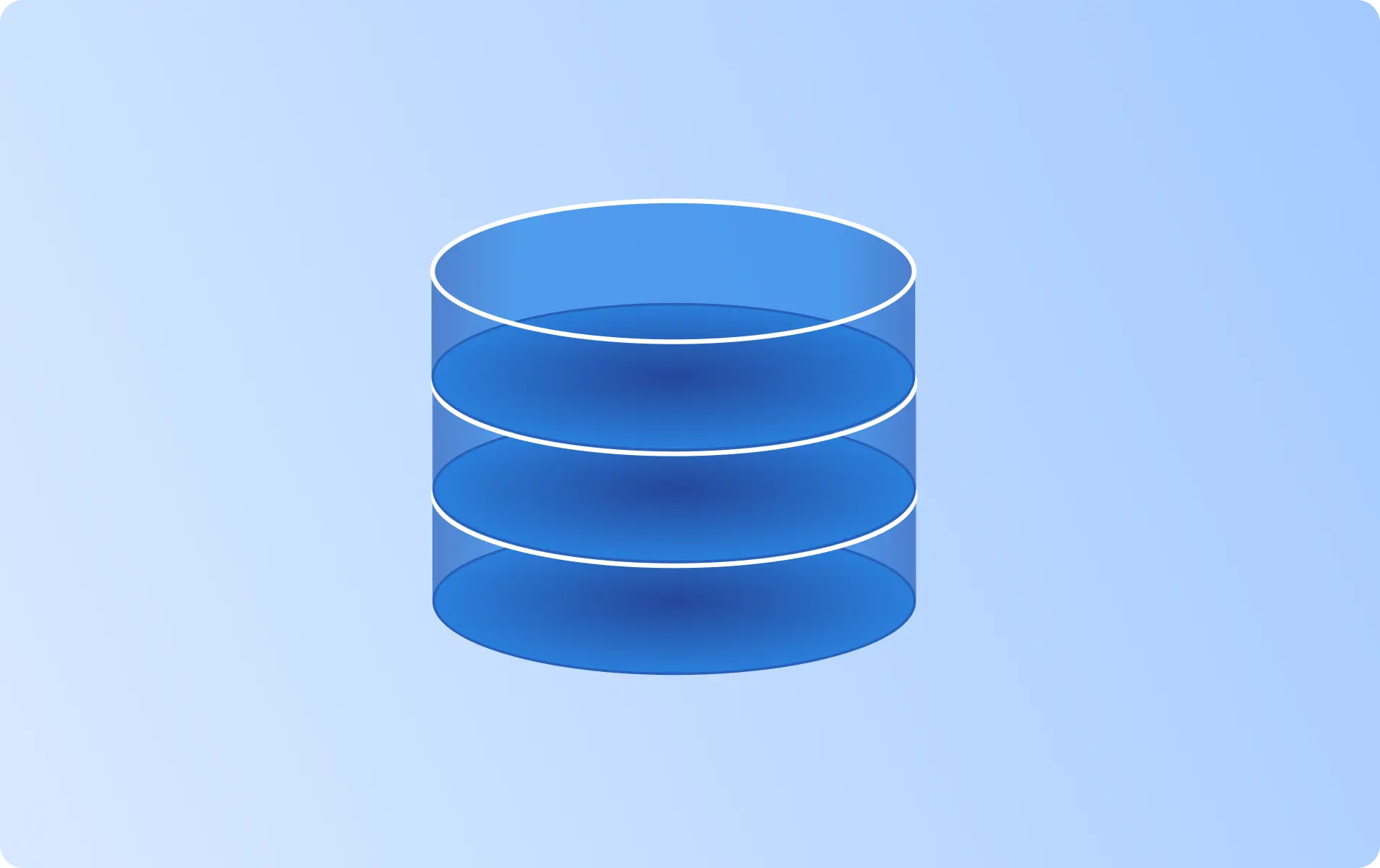What is Salary Data? Best Datasets & Databases for Employee Salaries

- Overview
- Datasets
- Providers
- Use Cases
- Attributes
- Guide
- FAQ
- Overview
- Datasets
- Providers
- Use Cases
- Attributes
- Guide
- FAQ
What is Salary Data?
Salary data, also known as wage data, compensation data, or income data, is a sub-category of Business-to-Business (B2B) data. The data is mainly grouped into ranges or categories relating to earnings, demographics and contracts. Salary data involves the identifiers of job title, full job description, company or employer’s name and location in relation to data about earnings relating to frequency of payroll, average salaries, number of employees earning each salary level.
Best Salary Databases & Datasets
Here is our curated selection of top Salary Data sources. We focus on key factors such as data reliability, accuracy, and flexibility to meet diverse use-case requirements. These datasets are provided by trusted providers known for delivering high-quality, up-to-date information.

Salary Data AI-Enhanced Salary Data from Job Postings Matchable with Google Maps for HR Strategy & Financial Intelligence

Company Data, Employer Reviews Data, Salary Data from Glassdoor | Real-Time API

Coresignal | Salary Data | Largest Professional Network + Glassdoor+ 3 Other Sources | Global / 575M+ Records / Updated Monthly

Job Postings Data | Salary Data | Human Resources (HR) Data | Recruiting Data | No Infra Cost | Easy to Integrate | 50% Cost Savings | Free Samples

iQuery - Salary Data | 4.6B Records | USA Coverage | Aggregations By Occupation, Industry, Education, and Experience (Copy)

Glassdoor Data – U.S. Salary & Executive Compensation Insights • Raw, Structured Glassdoor Data for HR Strategy & Payroll Modeling

Envestnet | Yodlee's De-Identified Salary Research Panel | USA Employee Payroll Data covering 4800+ employers | Cohort Analysis

Job Postings Data | 733M+ Job posts | Daily Updates

Job Postings Data and Salary Data from Google for Jobs, LinkedIn, Indeed, Glassdoor, and more | Real-Time API

Job Postings Data / Global / Monster, Indeed, Glassdoor + 10 Job Boards / Updated Monthly/web data
Can't find the data you're looking for?
Let data providers come to you by posting your request
/postings/new?utm_content=search_results_page&utm_medium=platform&utm_source=datarade
Top Salary Data Providers & Companies
Popular Use Cases for Salary Data
Salary Data is essential for a wide range of business applications, offering valuable insights and driving opportunities across industries. Below, we have highlighted the most significant use cases for Salary Data.
Main Attributes of Salary Data
Below, we outline the most popular attributes associated with this type of data—features that data buyers are actively seeking to meet their needs.
| Attribute | Type | Description | Action |
|---|---|---|---|
| String | The name of a company or business, might be the legal or brand name. | View 18 datasets | |
| String | The title of a job. | View 12 datasets | |
| String | The name of a location. | View 9 datasets | |
| String | The compensation of a job. | View 8 datasets | |
| String | The industry classification of a company. | View 7 datasets | |
| String | The source URL of a job. | View 7 datasets |
Salary Data Explained
How is Salary Data collected?
Salary data is can come from many different sources. It is most often collected from online salary surveys, payroll reports, or full job postings sourced directly from employer websites using code specific to salary data. Salary data is also collected from and made up of statistics and analysis of the employer website’s job postings.
What are the attributes of Salary Data?
Salary data is made up of various different data points. Company or employer’s name, job title, job description and location will be simple word data - with the possibility of being grouped in relation to earnings. For example, it is common to find salary data which shows how much a specific type of employee or group of employees earn. Salary data relating to earnings will often be presented in ranges e.g. from $100K to $200K. Salary data concering timeframes of payroll deposits as well as payroll periodicity and frequency will be displayed using dates and timespans. Occupation codes and sector codes present further examples of salary data which can be group into categories.
What is Salary Data used for?
Salary data is made up of various different data points. Company or employer’s name, job title, job description and location will be simple word data - with the possibility of being grouped in relation to earnings. For example, it is common to find salary data which shows how much a specific type of employee or group of employees earn. Salary data relating to earnings will often be presented in ranges e.g. from $100K to $200K. Salary data concering timeframes of payroll deposits as well as payroll periodicity and frequency will be displayed using dates and timespans. Occupation codes and sector codes present further examples of salary data which can be group into categories.
How can a user assess the quality of Salary Data?
The best salary data providers will have certifications to show that their data is high-quality, and they will be able to explain the verification procedures they carry out to ensure data accuracy. They will also be updating their datasets regularly, and you should be able to find good reviews from clients of the best salary data providers. Lastly, ask for a data sample before you buy from a salary data provider to ensure that their salary data is of the quality that your business needs.
Frequently Asked Questions
How is the Quality of Salary Data Maintained?
The quality of Salary Data is ensured through rigorous validation processes, such as cross-referencing with reliable sources, monitoring accuracy rates, and filtering out inconsistencies. High-quality datasets often report match rates, regular updates, and adherence to industry standards.
How Frequently is Salary Data Updated?
The update frequency for Salary Data varies by provider and dataset. Some datasets are refreshed daily or weekly, while others update less frequently. When evaluating options, ensure you select a dataset with a frequency that suits your specific use case.
Is Salary Data Secure?
The security of Salary Data is prioritized through compliance with industry standards, including encryption, anonymization, and secure delivery methods like SFTP and APIs. At Datarade, we enforce strict policies, requiring all our providers to adhere to regulations such as GDPR, CCPA, and other relevant data protection standards.
How is Salary Data Delivered?
Salary Data can be delivered in formats such as CSV, JSON, XML, or via APIs, enabling seamless integration into your systems. Delivery frequencies range from real-time updates to scheduled intervals (daily, weekly, monthly, or on-demand). Choose datasets that align with your preferred delivery method and system compatibility for Salary Data.
How Much Does Salary Data Cost?
The cost of Salary Data depends on factors like the datasets size, scope, update frequency, and customization level. Pricing models may include one-off purchases, monthly or yearly subscriptions, or usage-based fees. Many providers offer free samples, allowing you to evaluate the suitability of Salary Data for your needs.
What Are Similar Data Types to Salary Data?
Salary Data is similar to other data types, such as Job Postings Data, Employee Data, Workplace Diversity Data, Recruiting Data, and Skill Taxonomy Data. These related categories are often used together for applications like Labor Market Research and Workforce Planning.




